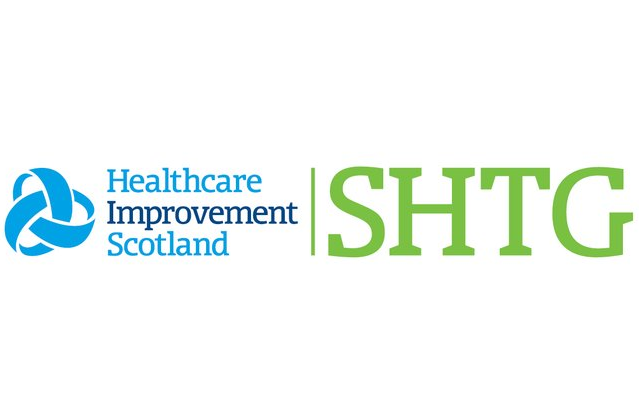Key points from the evidence

tab
- Evidence was available on two types of endobronchial valve: the Zephyr® Endobronchial Valve System (Pulmonx International) and the Spiration® Valve System (Olympus Inc.).
- Three meta-analyses, based on the same seven randomised controlled trials (RCTs), compared the Zephyr® valve plus medical therapy with medical therapy alone or a sham procedure plus medical therapy. The results from the meta-analyses are summarised in table A. The findings for all clinical effectiveness outcomes favoured the intervention group. The Zephyr® valve was associated with a significantly increased risk of serious adverse events or a pneumothorax
Table A: effectiveness and safety of the Zephyr® valve plus medical therapy compared with medical therapy alone or a sham control plus medical therapy in patients with severe or very severe heterogeneous or homogenous emphysema and little or no collateral ventilation

FEV1 = forced expiratory volume in 1 second, SGRQ = St George’s respiratory questionnaire (lower scores indicate higher quality of life), 6MWT = 6 minute walk test, COPD = chronic obstructive pulmonary disease, CI = confidence interval, WMD = weighted mean difference, MD = mean difference, RR = relative risk, L = litres, m = metres, GRADE = Grading of Recommendations Assessment, Development and Evaluation
- A meta-analysis of four RCTs compared the Spiration® valve plus medical therapy with medical therapy alone or a sham procedure plus medical therapy in patients with severe or very severe emphysema. A sub-group analysis assessed the effects of the Spiration® valve in patients with little or no collateral ventilation. Results from the meta-analyses are summarised in table B. All statistically significant results (effectiveness and safety) favoured the intervention group.
Table B: effectiveness and safety of the Spiration® valve plus medical therapy compared with medical therapy alone or a sham control plus medical therapy in patients with severe or very severe heterogeneous emphysema

FEV1 = forced expiratory volume in 1 second, SGRQ = St George’s respiratory questionnaire (lower scores indicate higher quality of life), 6MWT = 6 minute walk test, mMRC = modified Medical Research Council, CI = confidence interval, MD = mean difference, RR = relative risk, NS = non-significant, L = litres, m = metres, GRADE = Grading of Recommendations Assessment, Development and Evaluation
- A network meta-analysis comparing the Zephyr® and Spiration® valves in patients with severe or very severe heterogeneous emphysema and no collateral ventilation, found no statistically significant differences between the valves for any outcome.
- Two qualitative studies found that patients had a strong desire to take action to improve their quality of life and breathlessness, despite procedure-associated risks, and valued both surgical and endobronchial valve procedures for lung volume reduction. A quantitative analysis (n=294) found that, on average, respondents preferred interventions (surgical or endobronchial) over current treatment, and favoured endobronchial valves over surgery.
- The results of a cost-utility analysis from the German healthcare system perspective indicated that over a 5- and 10-year time horizon, the Zephyr® valve was associated with increased quality-adjusted-life-years (QALYs) and higher costs compared with medical therapy alone. The incremental cost effectiveness ratio (ICER) at five years was €46,322 (£41,401) and at 10 years was €25,142 (£22,471). The analysis had a number of limitations affecting the generalisability of results, including selection of patients who had a positive outcome from valve implantation, comparison only with medical therapy rather than other procedures, and costs data from a non-UK healthcare setting.
- No cost effectiveness evidence was identified for the Spiration® valve.